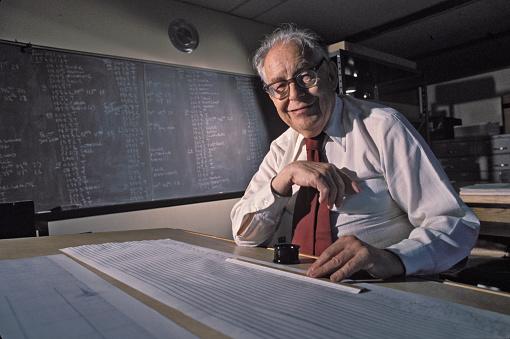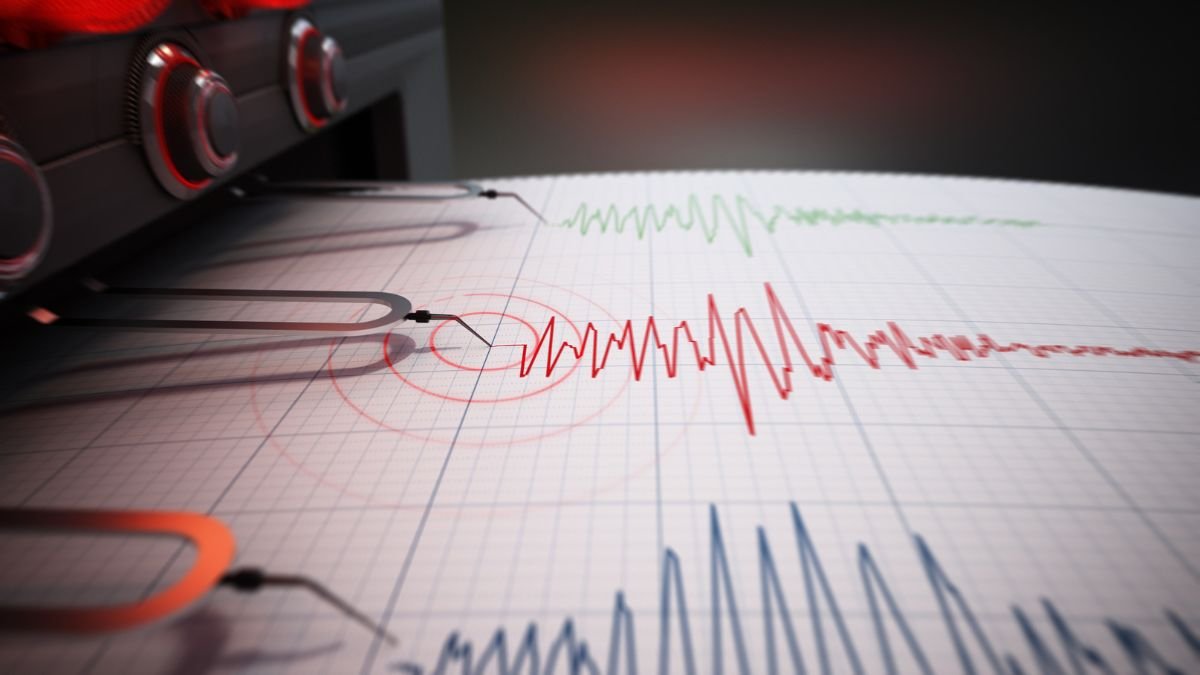One of the most modern questions in current seismology – distinguishing aftershocks from background seismicity – It was covered in a recent study published in the Journal of Geophysical Research: Solid Earth. The conclusion was that North America continues to shake today due to seismic aftershocks from two massive earthquakes that struck the continent more than a century ago.
If statistical results from studies are correct, approximately 23% to 30% of earthquakes between 1980 and 2016 occurred in the New Madrid seismic zone (in the states of Missouri, Arkansas, Tennessee and Kentucky). These were actually “aftershocks” of four earthquakes ranging in magnitude from 7.2 to 8 that hit the region in 1811 and 1812..
The importance of these discoveries is to warn geologically stable regions of continents with little tectonic activity of the risks potentially posed by replicas of past earthquakes that could remain continuous for decades or even centuries.
Earthquakes far from tectonic plate boundaries
Using a new statistical method called “nearest neighbor (NN)”, geoscientist Yuxuan Chen from Wuhan University in China and geologist Mian Liu from the University of Missouri in the USA, Analyzed the three largest earthquakes ever to occur in North America: In 1863 in Quebec, southeastern Canada; On the Missouri-Kentucky border in 1811; and in South Carolina in 1886.
The choice of regions was not accidental: they are all located in the stable continental interior of the continent, and even far from the boundaries of tectonic plates, they continue to experience unexplained tremors today. The study states that the NN method “calculates the distances between earthquake pairs in the space-time-magnitude domain.”
If the distances are too close to be considered independent background events (normal to a region), pairs are grouped as if one triggers the other. Mapping epicenters over a distance of about 250 kilometers, Chen and Liu estimate that 10% to 65% of earthquakes in the region are secondary.
Long-term earthquake aftershocks or background seismicity?

The results showed that 30% of all earthquakes occurred along the Missouri-Kentucky border between 1980 and 2016. These were probably replicas of the great earthquakes that occurred between 1811 and 1812.. The same is true of the Charleston earthquakes, which replicated the great earthquake of 1886. Activity in Charlevoix, Quebec is backgrounded by seismicity.
The two researchers concluded that prolonged release of post-seismic stress in stable continental regions “may contribute to long aftershock sequences.”
The bottom line: Explanations for whether current earthquakes in North America are background noise or aftershocks are not necessarily mutually exclusive. “It’s kind of a mix,” Chen suggests.
Stay up to date with the latest scientific studies at TecMundo and also get the opportunity to learn the mystery surrounding the largest earthquake ever recorded on Mars.
Source: Tec Mundo
I’m Blaine Morgan, an experienced journalist and writer with over 8 years of experience in the tech industry. My expertise lies in writing about technology news and trends, covering everything from cutting-edge gadgets to emerging software developments. I’ve written for several leading publications including Gadget Onus where I am an author.












